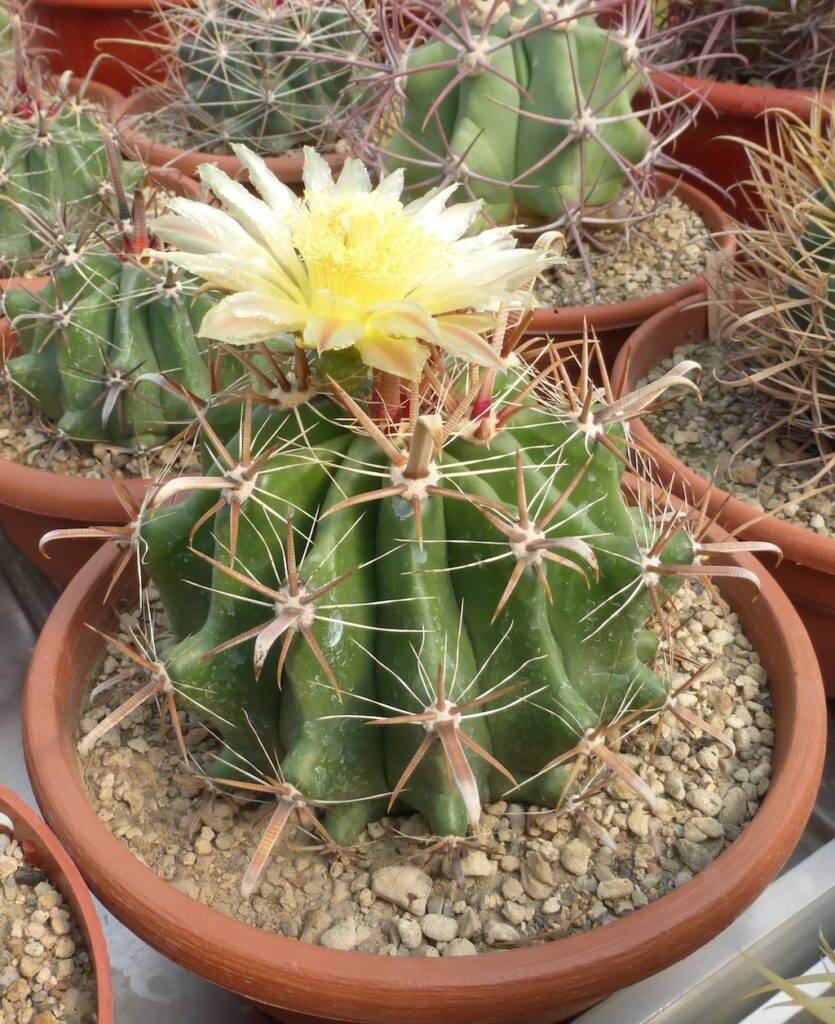
Ferocactus herrerae Il fiore tra le spine
Propagating Ferocactus Herrerae from seeds is a great way to produce new plants without relying on cuttings or divisions. It's important to look for healthy, dark and plump seeds that are slightly sticky when touched. The soil should be pre-mixed with well-draining potting mix, before evenly sowing the seeds and pressing them into the surface..

Ferocactus herrerae brevispinus. Cactus Succulents, Plants, Cactus
Ferocactus herrerae f. brevispinus. Le foto dei cactofili Data Autore FN Foto; 09-2020: Giulius : 2: 01-2011: Big-star : 1: 09-2010: Big-star : 8: Altre specie del genere ferocactus.

Naturaleza Tropical 🌵Un cactus para principiantes, Ferocactus herrerae🌵
Description: F. horridus "brevispinus" is a so litary fast growing little barrel cactus with quite short and stocky cental spine one (not enough to call it curved!) This plant becomes very nice when a bit older. Stem: Round to elongated dark green 25-40 cm in diameter 40-100 tall.
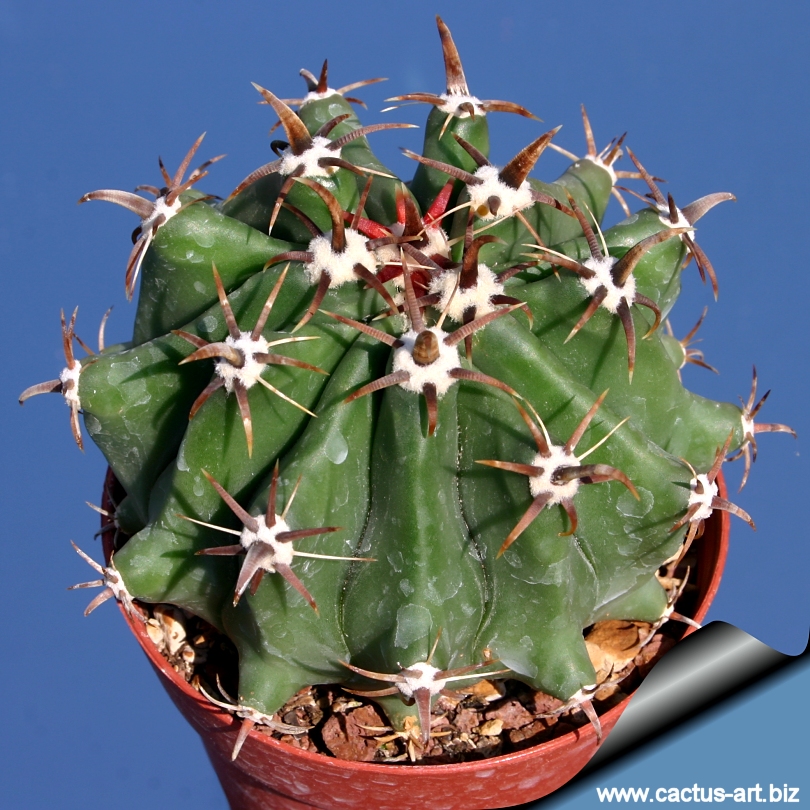
Ferocactus horridus var. brevispina
Ferocactus peninsulae f. brevispinus hort.: short spined form. Ferocactus peninsulae f. brevispinus cv. Artichoke: spineless form remembering in shape an Obregonia denegrii. Ferocactus peninsulae subs. santa-maria (Britton & Rose) Pilbeam & Bowdery: has yellow flowers, principal central spine straight or slightly curved. Plant somewhat conical.
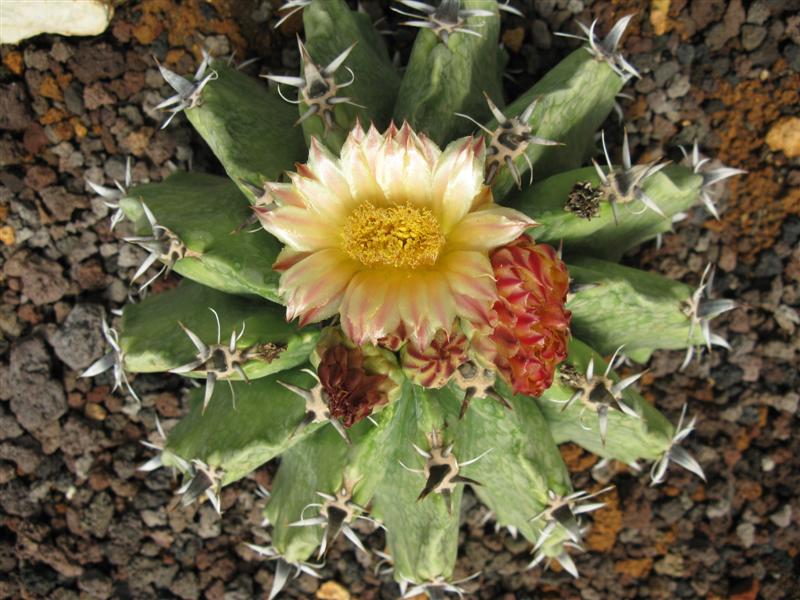
Cactofili Forum di cactus e succulente Leggi argomento Ferocactus herrerae v. brevispinus
The current study reports for the first time the nutritional, fruit volatiles, phytochemical, and biological characteristics of Ferocactus herrerae J. G. Ortega fruits. The nutritional analysis revealed that carbohydrate (20.6%) was the most abundant nutrient followed by dietary fibers (11.8%), lipids (0.9%), and proteins (0.8%). It was rich in vitamins, minerals, essential, and non-essential.
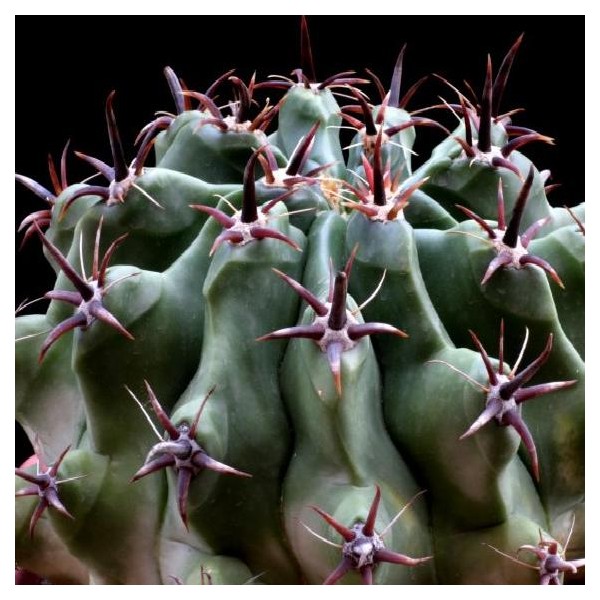
Ferocactus herrerae v. brevispinus seeds
Ferocactus herrerae is commonly used as an ornamental cactus out of its native range. [9] Its seeds can be ground into flour, and its fruit are edible, [11] showing numerous positive nutritional aspects. [12] Ecology Ferocactus herrerae is commonly pollinated by various cactus bee species ( Lithurgus spp.). Gallery

Ferocactus Wislizeni ssp. Herrerae Brevispinus Carnosa & Spinosa
Description: The fishhook barrel cactus ( Ferocactus wislizeniSN|16130]]SN|16130]]) is a barrel shaped or columar cactus that stay usually a single column; rare specimens may be multiple, typically it grows to a diameter of roughly 50-80 cm. A height of 1-2 metres. However, specimens as tall as 3 metres have been recorded.
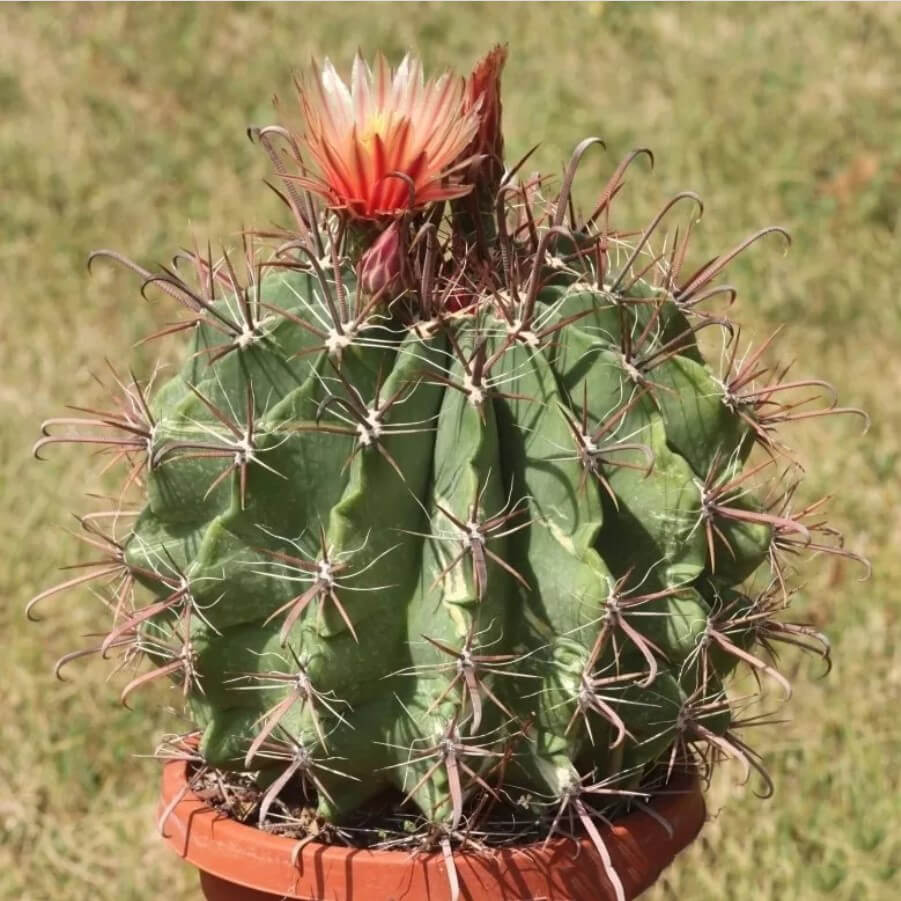
Ferocactus Herrerae Seeds, Cactus Seeds, Variety15 Mays Garden Seed
Description: Ferocactus wislizeniSN|16130]]SN|16130]] subs. herrerae is a barrel shaped cactus with remarkably long hooked spines. Habit: Usually solitary. Stem: Up to 40 cm in diameter, 2 m tall. Ribs: About 13 sharp, occasionally spiraled. Spines: The number of spines varies depending on the plant maturity; 7 to 9 central spines, at least one flattened, larger; bristle-like radials.
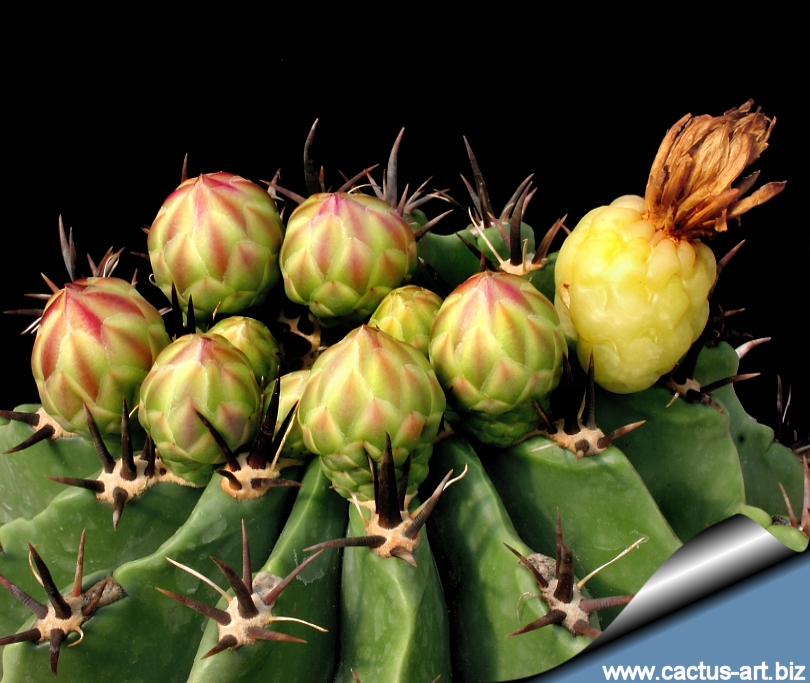
Ferocactus horridus var. brevispina
Description: F. horridus is a globose succulent belonging to the Cactaceae botanical family. The plant is solitary and can reach up to 1 m tall and 40 cm in diameter. The stem is barrel-shaped in young and columnar in age and it is arranged in many ribs. The ribs can reach the number of 40 and they are well-marked and slightly wavy.
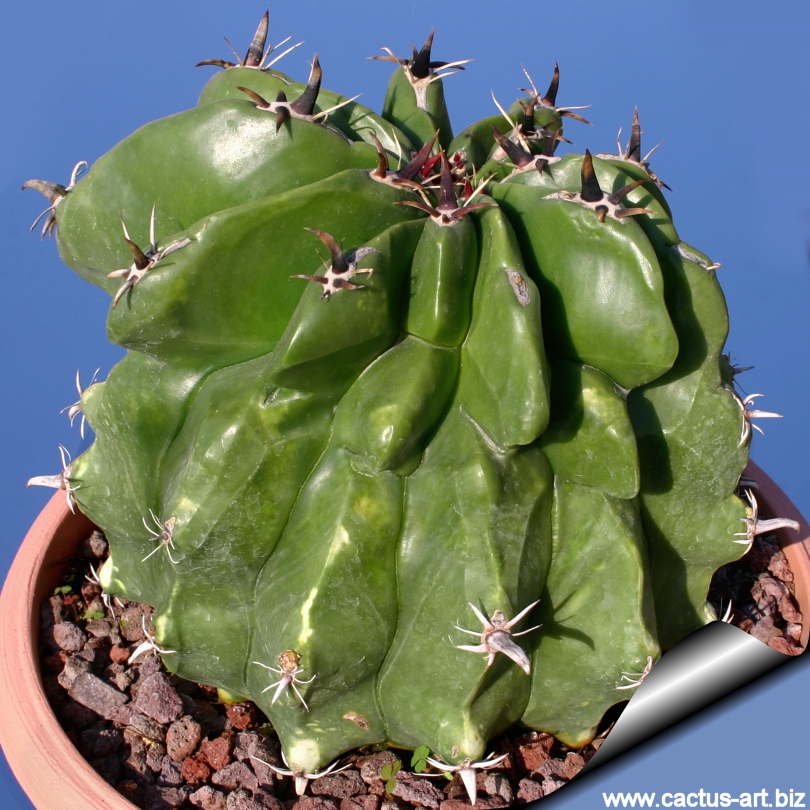
Ferocactus horridus var. brevispinus chinned form (mostruosus)
Ferocactus gracilis H.E.Gates: (subsp. gracilis) has stems up to 1 m in tall and has central spines less than 5 mm wide.Distribution: northern central Baja California. Ferocactus gracilis subs. coloratus (H.E.Gates) N.P.Taylor: Usually less than 1 m tall but the widest central spines often exceed 5 mm. Distribution: south of subspecies gracilis.
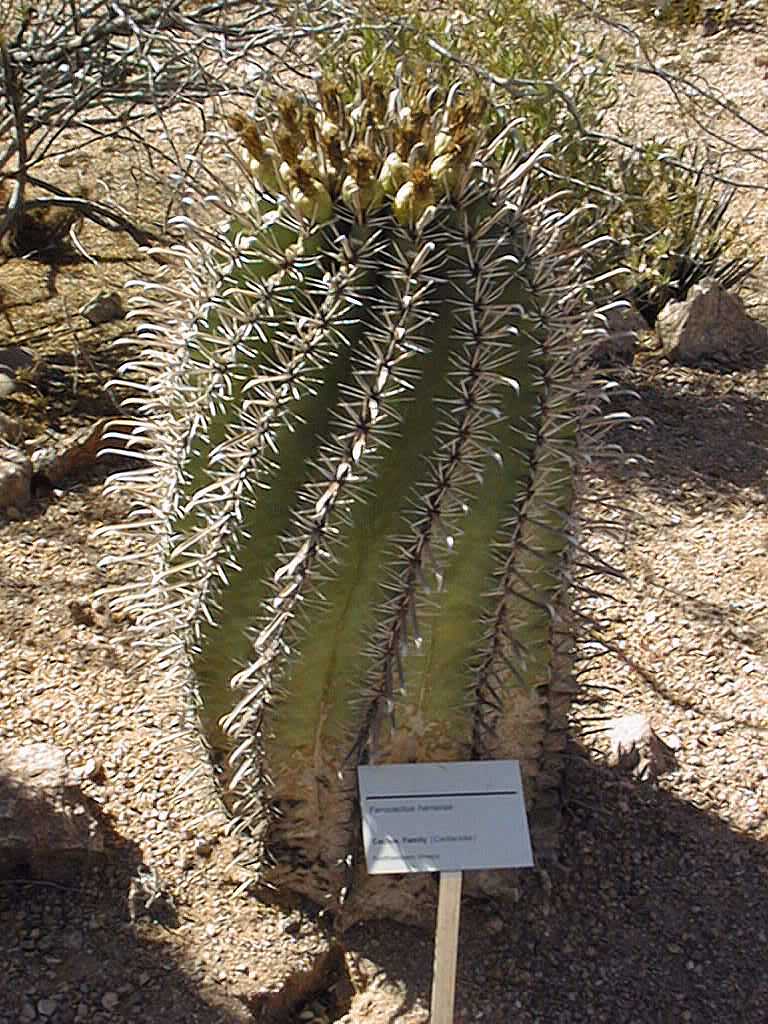
Ferocactus herrerae
It is very common to see it in the gardens of cactus and crass plants as well as to be used as an interior plant.
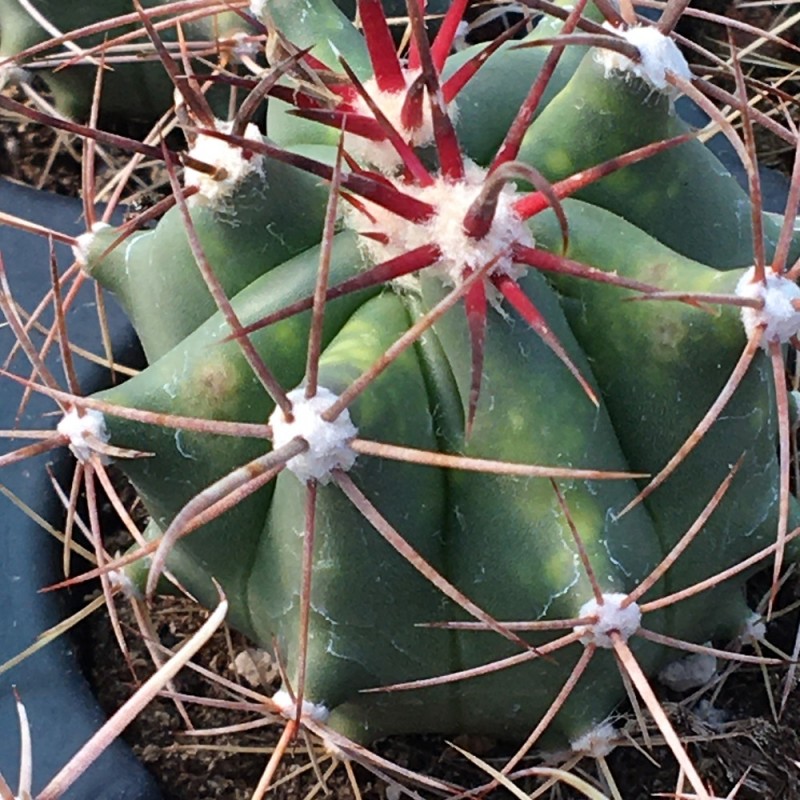
FEROCACTUS herrerae Les Cactées de Saint Jean
Description: Ferocactus wislizeni SN|16130]]SN|16130]] subs. herrerae is a barrel shaped cactus with remarkably long hooked spines. Habit: Usually solitary. Stem: Up to 40 cm in diameter, 2 m tall. Ribs: About 13 sharp, occasionally spiraled.

ferocactus herrerae Cactus y suculentas, Suculentas, Cactaceas
Description: Barrel shaped, solitary, up to 40 cm in diameter, 2m tall; 13 sharp ribs, occasionally spiraled; the number of spines varies depending on the plant maturity; 7 to 9 central spines, at least one flattened, larger; bristle-like radials. Its flowers colour is always yellow with reddish midribs and brown tips.

Ferocactus herrerae 'Brevispinus'
F. herrerae var. brevispinus, is a herrerae with short spination, of garden origin. F. herrerae is not a subspecies of F.wislizeni, but a stand alone species.

Ferocactus wislizeni ssp. herrerae f. brevispinus Succulents, Plants
1.5 Fertilizing 2 How to Propagate Ferocactus 3 Types of Ferocactus Cacti 3.1 Ferocactus alamosanus (Alamos Barrel Cactus) 3.2 Ferocactus chrysacanthus 3.3 Ferocactus chrysacanthus ssp. grandiflorus 3.4 Ferocactus cylindraceus (California Barrel Cactus) 3.5 Ferocactus cylindraceus ssp. lecontei 3.6 Ferocactus diguetii (Santa Catalina Barrel Cactus)
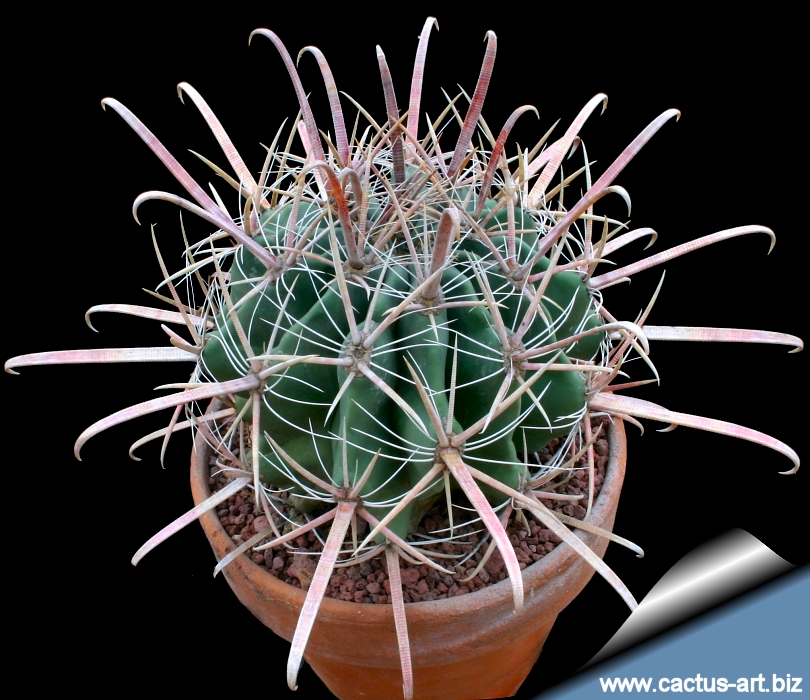
Ferocactus herrerae
The current study reports for the first time the nutritional, fruit volatiles, phytochemical, and biological characteristics of Ferocactus herrerae J. G. Ortega fruits. The nutritional analysis revealed that carbohydrate (20.6%) was the most abundant nutrient followed by dietary fibers (11.8%), lipids (0.9%), and proteins (0.8%).